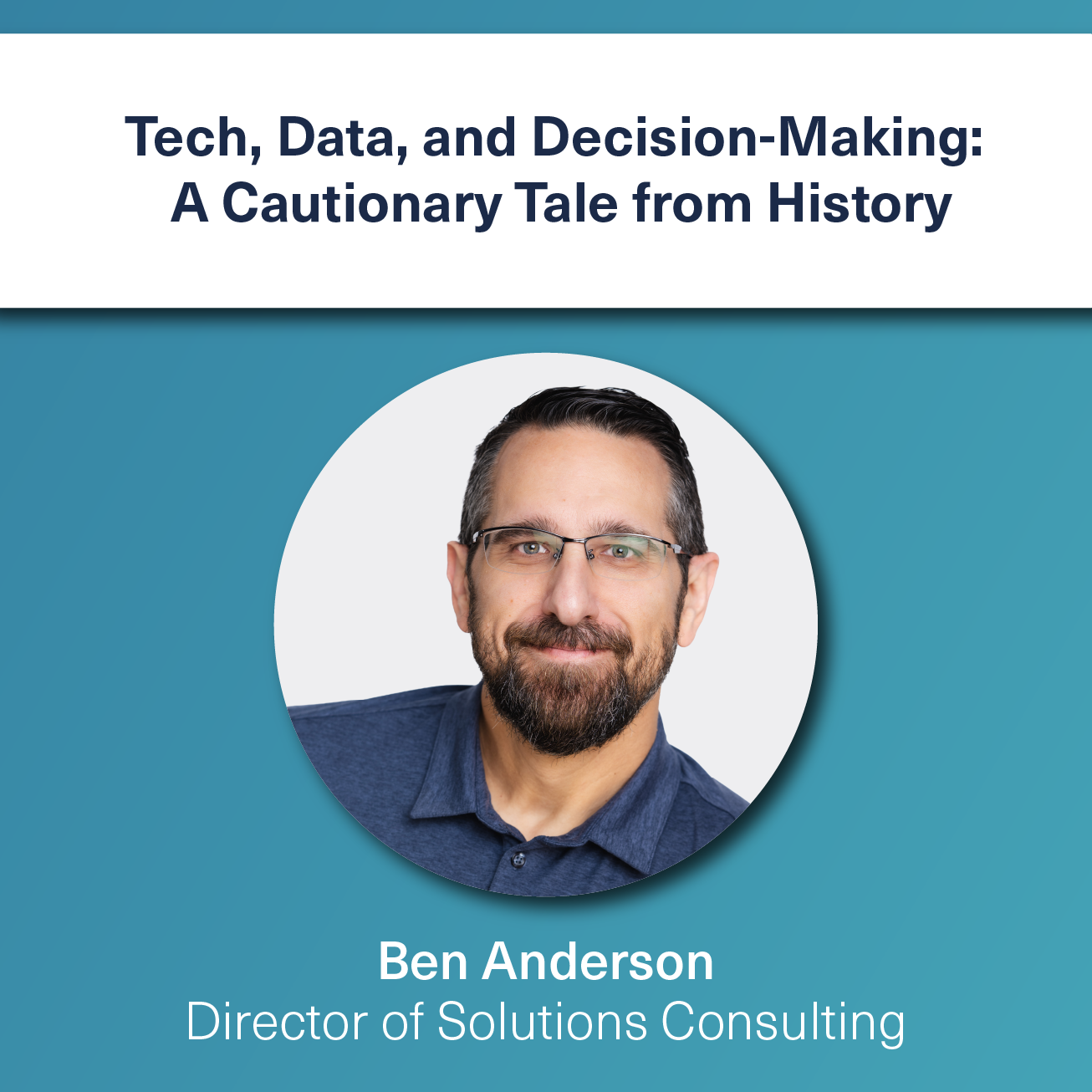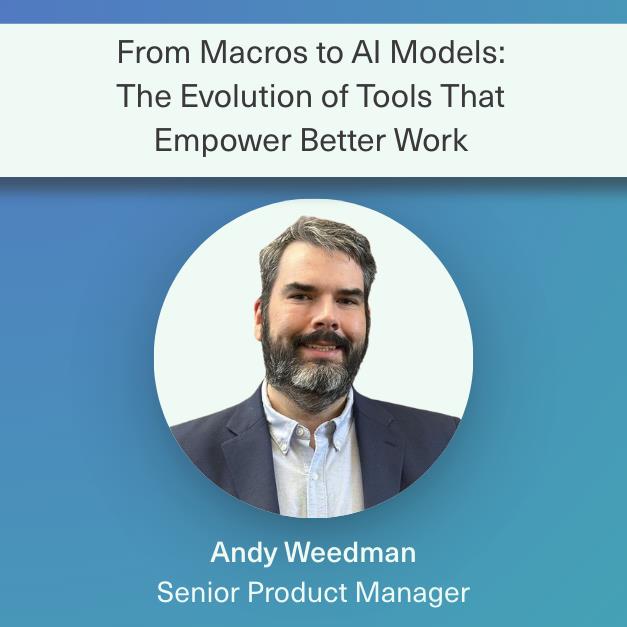On the morning of December 7, 1941, First Lieutenant Kermit Tyler faced a moment that would echo through history. Stationed at Fort Shafter’s radar information center in Hawaii, he received a report from two radar operators about a large blip on their screen—over 180 aircraft approaching Oahu. With limited training and context, Tyler dismissed it as a flight of expected U.S. B-17 bombers, saying, “Don’t worry about it.” Minutes later, Japanese bombs rained down on Pearl Harbor, killing thousands and thrusting America into World War II. Tyler’s story isn’t one of blame but a stark reminder of how technology and data, no matter how advanced, fall short without preparation, collaboration, and clear decision-making.
Tyler’s decision hinged on the nascent radar technology of 1941. The U.S. Army had installed SCR-270 radar units across Oahu just months earlier, a rushed response to rising Pacific tensions. These mobile stations could detect aircraft over 100 miles away—a marvel for the time—but their potential was squandered by systemic gaps. The US Army had implemented cutting-edge technology, but there were still gaps in their deployment. And on a personnel level, Tyler himself was a pilot with no radar expertise. He had only had a cursory orientation to the technology a few days before that tragic Sunday morning.
So, in spite of having a new cutting-edge technology, working as designed and providing key real-time data, the US military suffered one of its darkest days, and a nation was plunged into the Great World War. But what does this story have to do with fraud and disputes? What can we take away from lessons in history?

We are surrounded today by technology that Tyler could never have imagined, but the core challenge he faced remains the same: how do we ensure that the technology and data we utilize translate into sound decisions? We see that regardless of the type of financial institution that we work with, be it a credit union, bank, fintech, or processor, whether they focus more on debit or credit products, the answer they are looking for lies in collaboration and partnership.
I look back at Tyler’s story, not as one of blame, but of a cautionary tale of what can go wrong. Tyler made his decision based on contextual data that he had – He knew that a flight of US B-17s were due from California, and he had heard Hawaiian music over the radio that day, a tactic used to help guide incoming (friendly) planes to the island. Based on that context, he assumed the blip was friendly. In addition, he wasn’t properly trained in the radar technology, so he didn’t realize the difference between a blip that would mean a few B-17s were incoming versus the blip of over 180 enemy aircraft approaching. Lastly, there was no process in place for Tyler to escalate his concerns or for the radar operators to share information. These issues all culminated in the disaster that shaped the world’s history.
As we continue to work with more and more clients at Quavo, we too are working to implement a best-in-class technology solution to a problem that plagues all financial institutions. We work to partner with clients, striving to become trusted advisors not only because of that technology, but also by providing key data back to those clients. But as we have seen through Tyler’s example, no amount of technology or data will “solve” the problem if it isn’t used correctly. In that vein, we work with clients across the industry to not only analyze their individual data but also the collective data, helping them be on the lookout for “blips” on their radar that they might not see coming. We work together with our clients to help each become more efficient, and we firmly believe that if all our clients become better, this rising tide will lift all ships in the industry!






